Dental implants are an option available to replace missing teeth. A dental implant is a titanium rod that is fused to the jawbone in order to function as the tooth root, which will support a dental crown. To replace multiple missing teeth, a few implants can hold a bridge, dentures, or partial dentures. The replacement teeth will look and function like natural teeth and can improve a person’s ability to smile, speak, and chew properly.
Although dentures and bridges that are supported by the natural tooth root can remedy many of the problems associated with missing teeth, they cannot prevent future bone loss the way dental implants can. This is why dental implants are often recommended to most patients who need to replace missing teeth.
Few people know that when a tooth is lost, the lack of stimulation to the supporting jawbone causes a decrease in bone volume and density over time (atrophy). As the jawbone shrinks, the overlying muscle and skin collapse along with it, which can make a person appear older than their actual age.
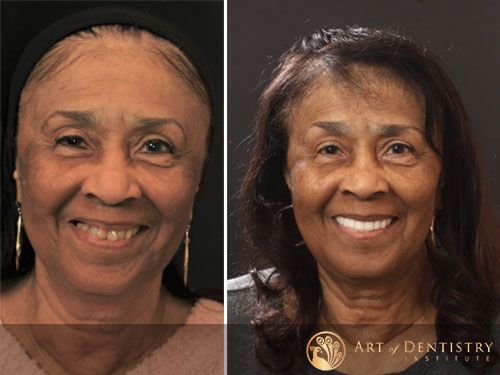
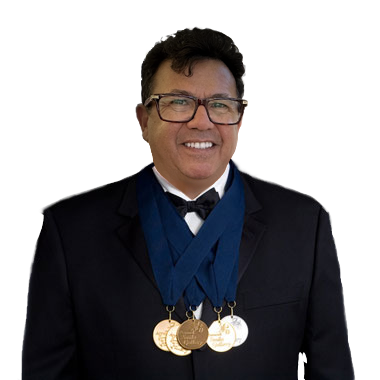
Dr. Hawary is the 60th world wide dentist to become a Fellow of the American Academy of Cosmetic Dentistry (AACD). Fellowship of the AACD is the highest level of achievement available to the AACD. Dr. Hawary became the first Fellow of the AACD in Orange County and the only Fellow in Irvine.
The American Academy of Cosmetic Dentistry has awarded Dr. Emil Hawary with multiple gold medals for his Smile makeover cases
Dr. Hawary is a Fellow of the Academy of General Dentistry (AGD). He is a board certified Diplomat and a Fellow of the International Congress of Oral Implantologists (ICOI), the world’s largest dental implants organization.
Request an Appointment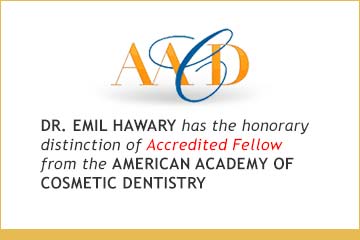
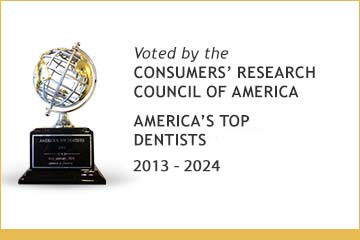

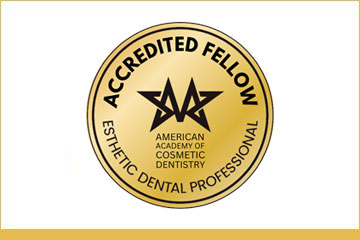
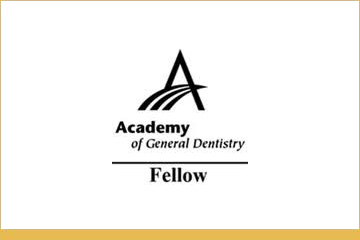
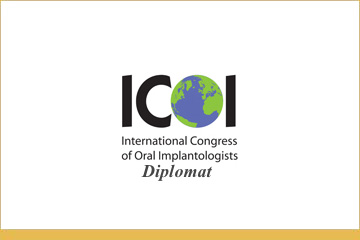
Dental implants prevent the wasting away of the jawbone by serving as an anchor for the new teeth. During the recovery process, the jawbone will literally attach itself to the dental implant, a process known as “osseointegration.” As chewing forces are transmitted to the bone surrounding the dental implant over time, bone growth is stimulated and bone density and volume is maintained. Since much of the bone loss from a missing tooth will occur within the first year after tooth loss, it is best to install the dental implant as soon as the tooth is extracted.
- Dental implants are made of titanium, which permanently fuses to the jawbone.
- According to credible research, 25 percent of bone loss occurs during the first year after tooth loss and will gradually continue throughout life. Dental implants inserted soon after tooth extraction can prevent bone loss from occurring.
- Dental implants are a more reliable alternative to dentures or fixed bridgework because there is no risk of developing bone damage.
- Dental implants are the only prosthetic that offers a replacement root system; other prosthetics rely on surrounding structures for support.
- Endosteal Implants — The most common type of dental implants, these are surgically implanted directly into the jawbone.
- Subperiosteal Implants — Subperiosteal implants are placed under the gum but above the jawbone. These dental implants are for those who have a shallow jawbone but cannot or do not want to undergo a procedure to rebuild it.
With years of experience working with all-on-4 dental implants, Dr. Emil Hawary can transform any smile. The Art of Dentistry Institute is proud to offer the innovative All-on-4 (AO4) dental implant technique in our office. All-on-4 dental implants refers to “all” teeth being supported “on four” dental implants and are a proven and cost-effective option available to replace missing or failing teeth. Full-arch fixed implant dentures, often referred to as All-on-4, are a popular option for improving your smile. The replacement teeth will look and function like natural teeth and can improve a person’s ability to smile, speak, and chew properly. All-on-4 dental implants are an effective treatment option for many looking to improve the quality of their smile.
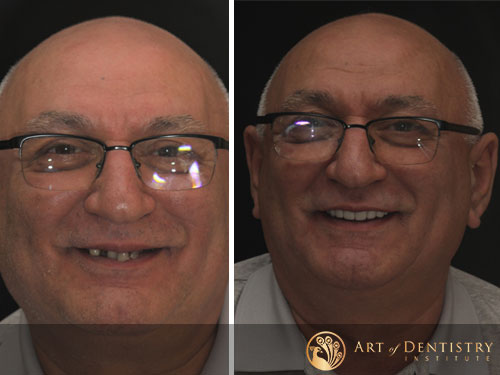
The exact number of dental implants required to provide adequate, long-lasting support depends on many things, including the amount and quality of existing bone, the bite, and other anatomic factors.
The procedural process involves two phases:
Your dentist will determine the type, number, and location of the dental implant(s) needed for the restoration during the initial phase, and arrangements will be made to have the dental implant(s) put in place.
Phase 1: Dental Implant Placement
The titanium implant is placed in the jawbone and is allowed to heal for three to six months before the restoration is installed. Typically, an interim restoration is worn by the patient during the healing time.
Phase 2: Prosthetics
This final step involves the fabrication of the artificial crown that is securely anchored to the underlying dental implant.
The overall success of the entire dental implant depends on the anatomic situation of each individual patient, the expertise of the dentist and the dental laboratory, and the communication between them.
Learn More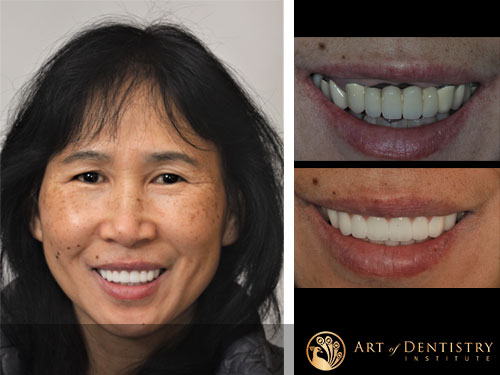
Dental implants are a solution for patients of all ages, with the exception of growing children.
The best candidates for dental implants or all-on-4 dental implants in Irvine have:
Although ideal candidates are those who have good oral and general health and have adequate bone mass, dental implants may be used on patients who do not meet these criteria. Dental implants have been successfully placed in those who have existing medical conditions, such as high blood pressure and diabetes. Those who have lost their teeth and have experienced bone loss as a result of periodontal disease or decay have also experienced good results with dental implants.
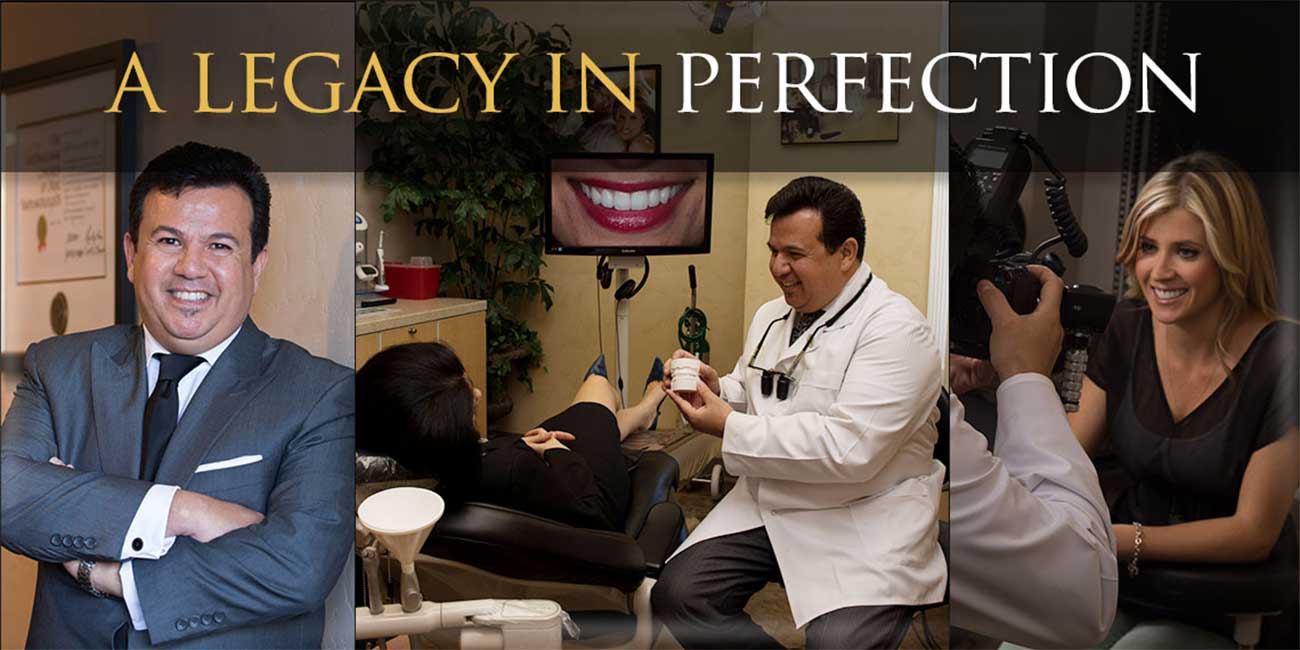
Art of Dentistry Institute
2646 Dupont Dr., Suite 200
Irvine, CA 92612
Tel: 949-620-3793
Fax: 949-955-3377


Proudly Serving
Irvine, Orange County and the surrounding areas: Aliso Viejo, Anaheim Hills, Corona Del Mar, Huntington Beach, Laguna Beach, Laguna Niguel, Newport Beach, Newport Coast, Tustin and Dubai.